Transcription
Mindful in edlam
By Daniel Labbe
Quote: "The mass of men lead lives of quiet desperation." - Henry David Thoreau
In response to a recent comment left on this blog I would like to attempt an explanation of how and why mindfulness works. There are plenty of amazing books on the subjects (Full Catastrophe Living, by Jon Kabat-Zin and Living With Your Heart Wide Open, by Steve Flowers, MFT and Bob Stahl, Phs are extraordinary), and for detailed in-depth exploration and instruction I suggest interested persons start with the two just mentioned. For purposes of this post I will share my personal experience, as this is what I'm most familiar with.
Before I had a mindfulness practise I lived a truly desperate, and not so quiet, life. Diagnosed with bipolar disorders at age 15, drug and alcohol addicted by age 13, with a long history of emotional and mental instability stretching back into early childhood, my life was a source of tremendous suffering for myself and many of the people I came into contact with.
I hated how dysfunctional I was and I hated how I felt inside, yet I loved (and still love) life. I knew there was a better way to live and I wanted to "straighten up" with every ounce of my being. So I went to rehabs, hospitals, went into psychotherapy, attended countless AA meetings, went to group therapy and day programs... and I watched as I became more and more desperate, more and more dysfunctional, hurting the people I loved most and wondering why I couldn't stay sober. Why couldn't I just stop? I must be a real loser, a lost cause. All this help and a supportive family, yet I couldn't straighten myself out. Churches, Buddhist temples, fervent prayers and buckets of tears all to no avail. Eventually I gave up, and that's when total dysfunction and the deepest darkness descended. That's when I made the choices that led me to a 12-14 year prison sentence... that's when I caused those I love, and those I didn't even know, unimaginable pain and suffering. There's no excuses for what I did. No minimising the pain my choices created. No escaping the guilt and remorse.
The first 5 years of my prison sentence were spent in a living hell of my own making: Self-loathing, dark, suicidal depressions, violence and dependent on the care of DOC mental health staff. I figured I had tried all available methods for "becoming a better person," so I must really be a lost cause. In order not to cause others more pain I convinced myself it would be best if I killed myself. That suicide attempt landed me in Bridgewater State Hospital, and left a nasty scar on my neck. It also forced me to realise something: I was not going to escape the pain or the hard lessons that lay ahead of me. The road ahead was a muddy one and I could be dragged through it, or I could get up and walk through it, but I could not escape it.
Coincidentally, at this time I was given a therapist who specialised in DBT (Dialectical Behavioural Therapy), a mindfulness-based form of psychotherapy. At this same time I began a meditation practise and read every book on self-help and psychology I could get my hands on.
I share this only because I would like my readers to understand the depth of difficulty I was struggling with.
Mindfulness- the effort to focus one's attention in his or her present moment experience without adding judgements or an ongoing narrative - became the key to my rehabilitation. Why? Because my dysfunctional thought patterns and maladaptive coping skills were the ways I had learned to "protect" myself from unacceptable emotions and thoughts and mindfulness allowed me to experience these emotions and thoughts in a safe, non-reactive manner.
We all repress or deny certain emotions and we all have distorted thought patterns that cause varying degrees of suffering in our lives. Mindfulness, especially formal meditation, forces us to experience the emotions and thoughts without reacting to them. In this way, we begin to uncover the thoughts and emotions that have been driving our reactive and most troubling behaviour.
With mindfulness practises I made an amazing discovery that spiritual adepts and pioneering psychologists already knew: my experience of reality has more to do with the thoughts I describe events with than it does with the events themselves. Buddha explained it this way - "it is your mind that creates this world." John Milton wrote in Paradise Lost "with out thoughts we create a heaven of hell and a hell of heaven." In the late 1960's pioneering psychologists Albert Ellis and Martin Seligman confirmed the veracity of these claims in countless experiments, which spawned one of the most effective therapies in Psychology: Cognitive Behavioural Therapy (which DBT incorporates).
How I thought about events had more to do with my experience of life than any other factor. Mindfulness allowed me to get a peek behind the wizard's curtain. I saw how certain thoughts and emotions always accompanied certain types of events. I saw how when I engaged those thoughts I created a certain experience of reality, and when I just allowed those thoughts and emotions to rise and fall away without reacting to them I created a much more sane reality, one where I had the freedom to choose a response that reflected my goals and values rather than my fears, impulses, and emotions.
Finally, mindfulness gently exposed me to feelings that, until that time, I was unwilling to deal with, feeling that were born in a wounded childhood. Deep loneliness, sadness, hurt, rage... feelings that I once believed were proof of my defectiveness and must either be "fixed" or drowned out with pleasurable experiences (risky behaviour, sex, drugs, alcohol). Mindfulness allowed me to make peace with the demons and it allowed me to see that it wasn't my fault that I learned to feel such deep pain, sadness and rage when I was a child. In fact, these feelings were the appropriate response to the environment I was raised in. The problem was that they never went away, even when such feelings were no longer an accurate reflection of my life. Not facing them and not learning how to feel them safely only served to drag these intense emotions and thought patterns into adulthood, until I found a means to experience them deeply and fully without reacting.
So, discovering my distorted thought patterns, seeing how these thoughts created my experience of reality, and learning how to feel those dark, disowned feelings safely were the keys to freedom. There's a whole lot more, but these are the main forces behind how mindfulness changed my life.
Today I still live in prison but I deeply enjoy life. I have found a deeper peace and joy that I ever thought possible for me. I've awakened to a whole new world and a new way of being in that world (thank you, Leah). I've been off psychotropic drugs since 2010. My life is stable and as dysfunction free as can be expected for the human condition. I created and facilitated a mindfulness self-help group that was popularly attended for 18 months. I overcame my fear of public speaking and became a member of Toastmasters International.
When I'm released I plan on brining mindfulness self-help support groups to the recovery community and to, hopefully, one day work in a social service capacity sharing mindfulness and meditation skills with those I work with.
A variety of great curriculums have been created to teach mindfulness skills to a wide audience. The Mind Body Awareness Project created a criminal rehabilitation program that is getting great results wherever it is used. It focuses on teaching mindfulness, emotional intelligence, impulse control, transforming negative beliefs, yoga and meditation.
[Just 8 weeks of mindfulness meditation is show to grow new neurons, increase frontal lobe activity, decrease amygdala (emotional centre) activity, increase immune response, and reduce stress hormone levels.]
Goldie Hawn spearheaded a campaign that led over 75 US public schools and over 100 Canadian schools to teach mindfulness in what's known as the Mind-Up Program. Fiona Jensen created a program for teens in Cape Cod called Calmer Choice that teaches mindfulness skills in over 100 classrooms. In Baltimore, Maryland the Holistic Life Foundation teaches yoga and mindfulness skills to at-risk youth. Hospitals are making mindfulness clinics a commonly available service and mindfulness-based psychotherapy is the fastest growing therapy model. Businesses such as Google, Target, and the Ford Motor Company are using mindfulness workshops to increase efficiency and help employees create a positive work environment. The mindfulness revolution is underway. Will you be a part of it?
My hope for this blog is to inspire curiosity and hope, but I don't intend to use this forum as a means to teach mindfulness skills in a detailed manner. Instead I will share my experiences of using mindfulness skills to stay healthy and sane in this chaotic and harsh environment. This in combination with a suggestion or two is meant to inspire my readers to further investigate what mindfulness is and if it can help them find sanity and peace in their own lives.
My example of transformation and healing through mindfulness practises in an extreme one. Most people reading this are not likely to have fallen to the depths of dysfunction as I have nor are most of you living in such an extreme environment. Yet Henry David Thoreau had a point. There is quiet (and not so quiet) desperation in nearly all of us. This being true it is my belief and the belief of many health professionals, neuroscientists, and spiritual seekers that mindfulness has something to offer everyone. See for yourself.
Other posts by this author
|
2016 aug 4

|
2016 jun 25
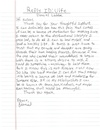
|
2016 jun 9

|
2016 may 5

|
2016 mar 11
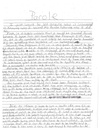
|
2016 feb 7

|
More... |



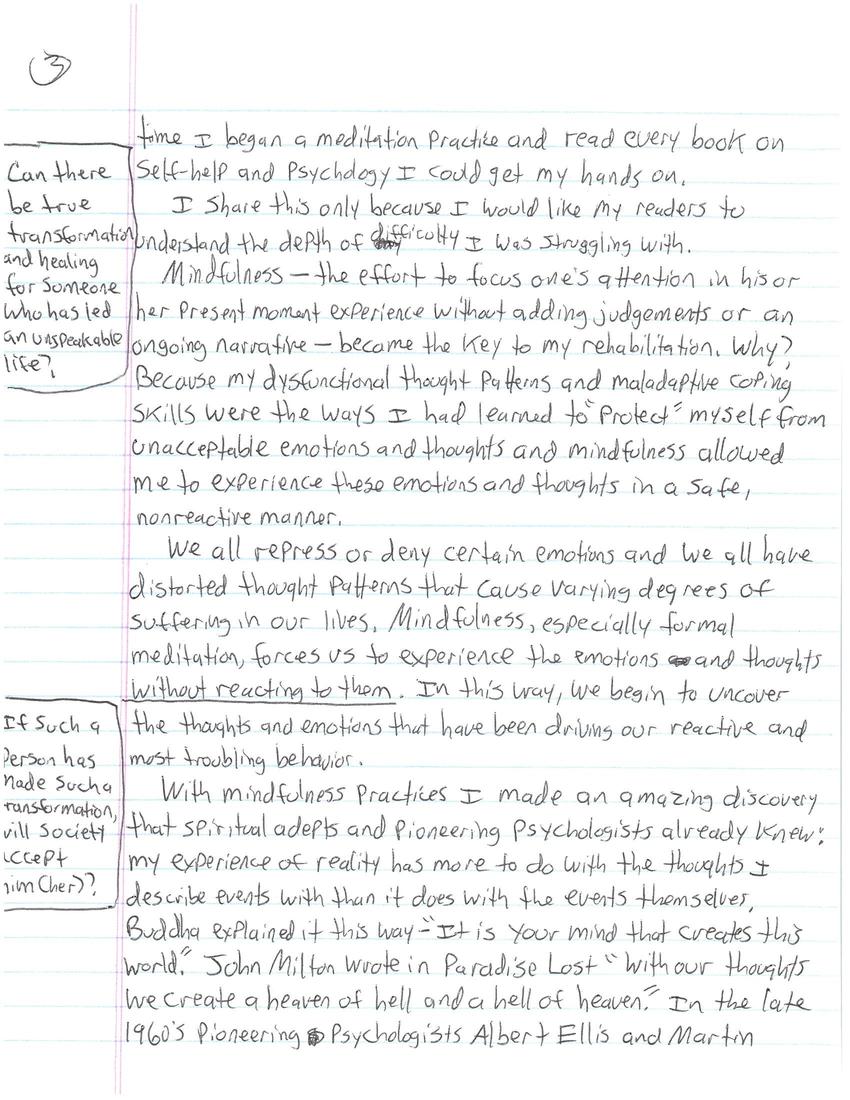
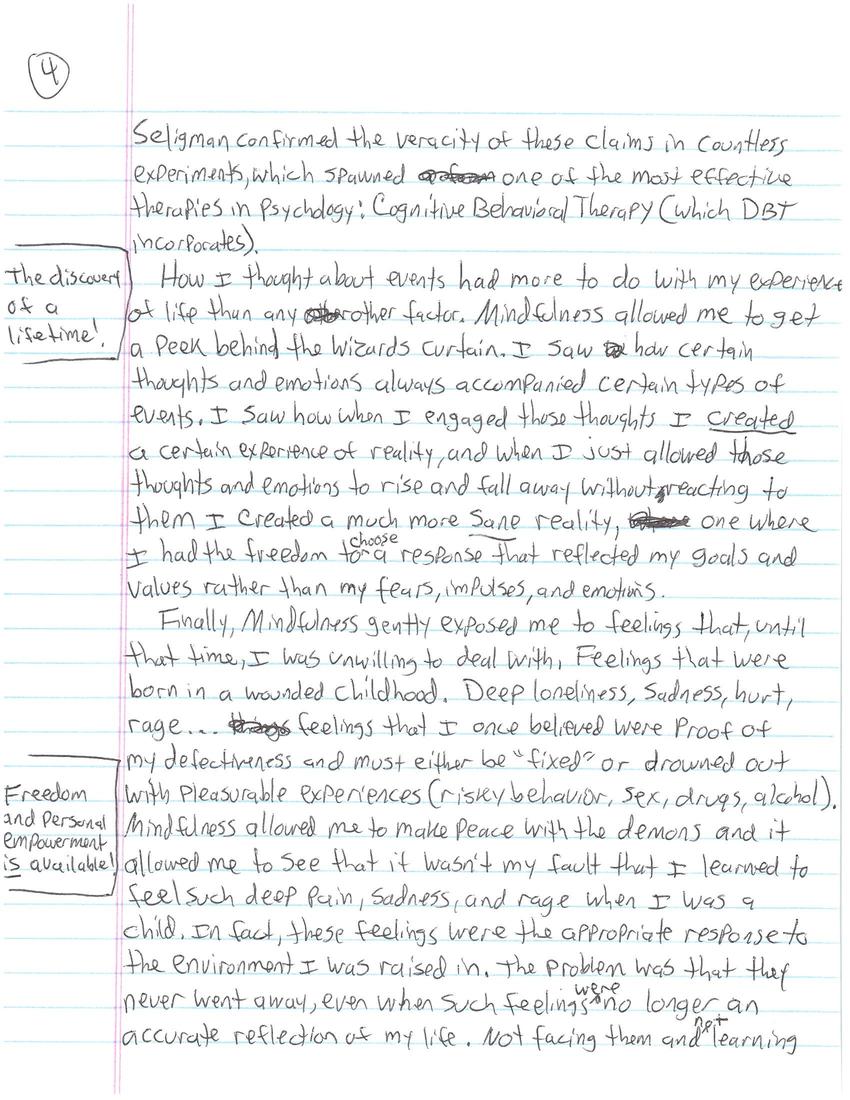
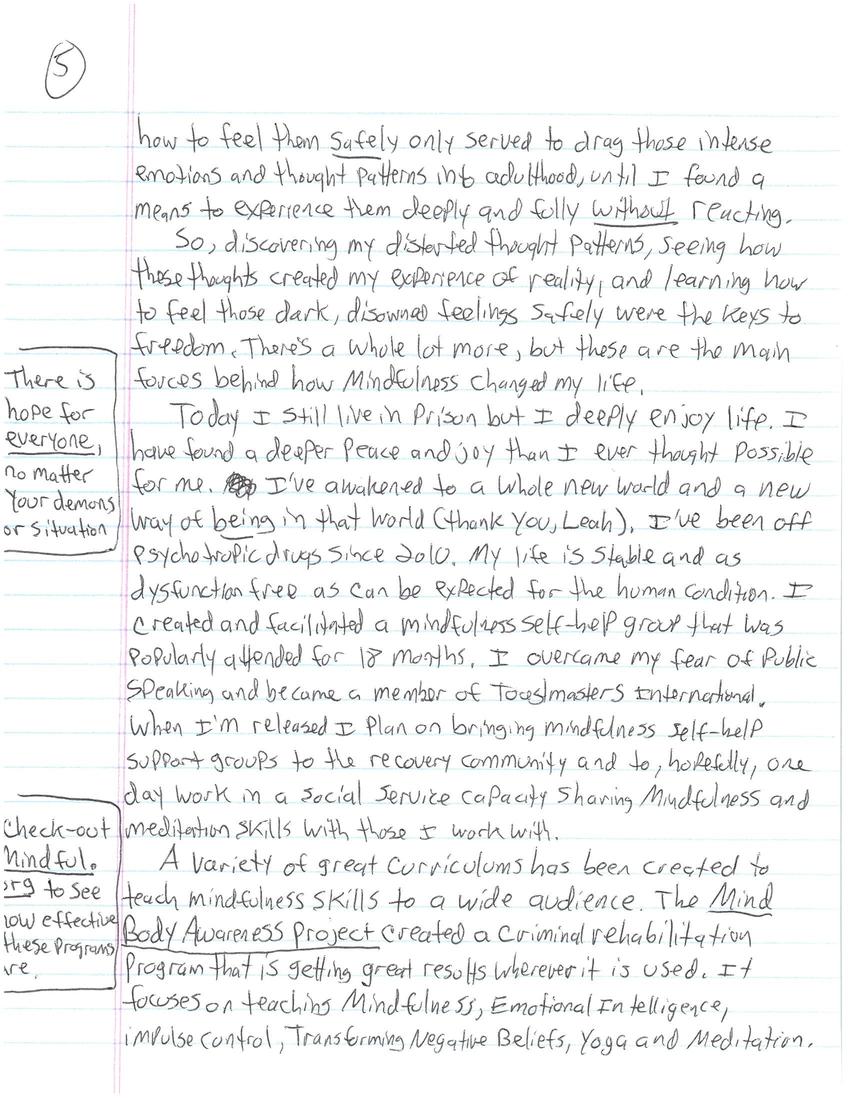
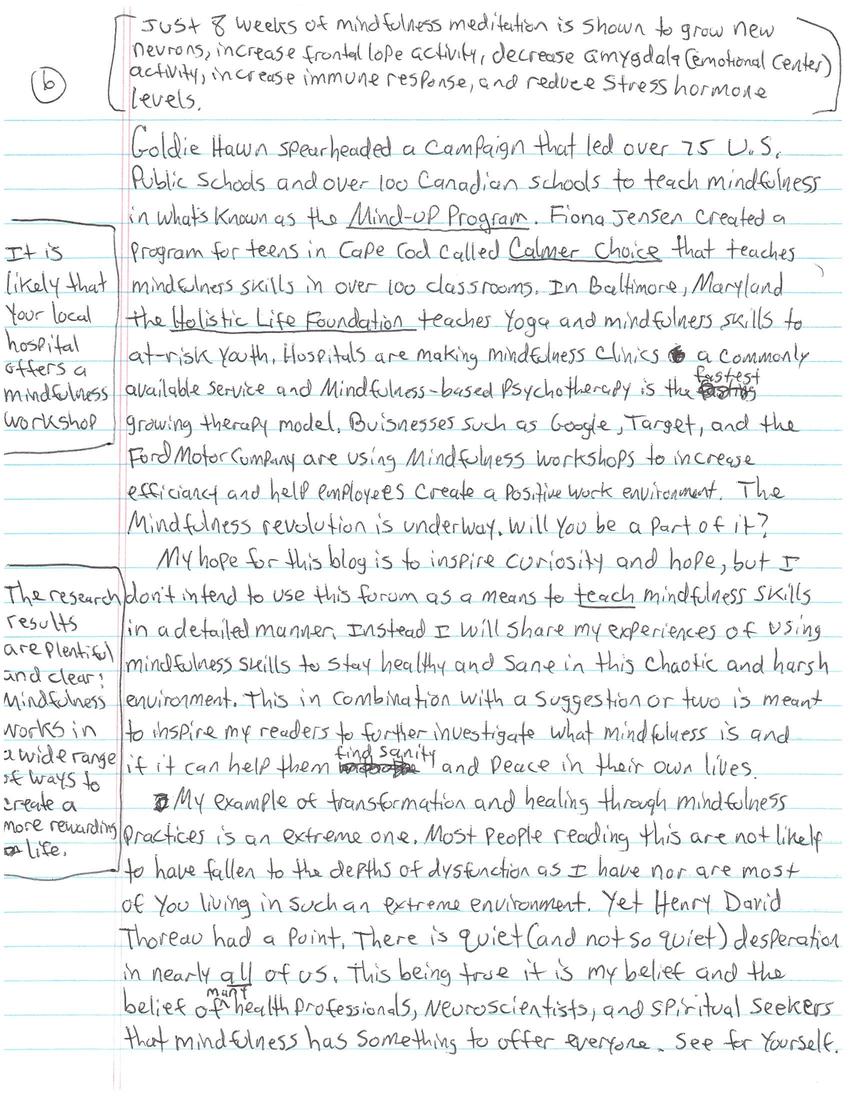

Replies